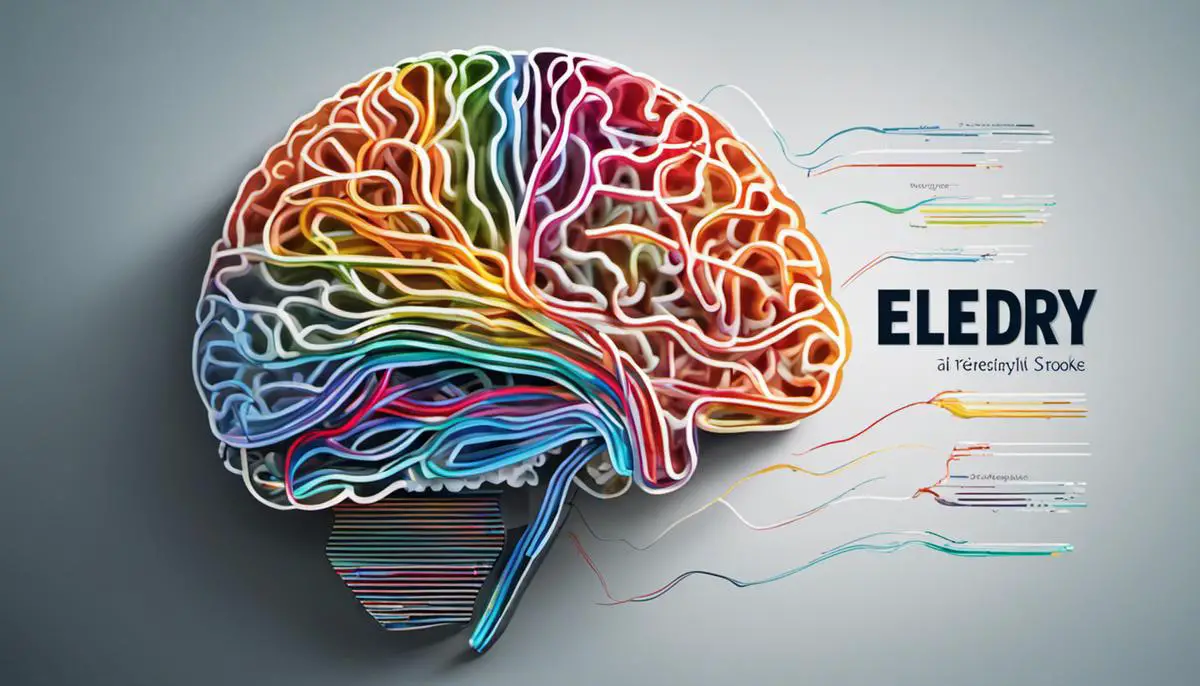Stroke, a life-threatening medical emergency often characterized by sudden paralysis, presents a significant risk particularly to the geriatric population. The elderly are notably more susceptible to strokes due to a variety of factors, including age-related health conditions, lifestyle habits, and biological vulnerabilities. Understanding strokes—what they are, how they occur, and their common types—is critical, along with recognizing associated symptoms, potential complications, and the individuals most at risk. Further, knowing how to minimize stroke risk factors can be a valuable tool for physical well-being, especially during the golden years. It is with this understanding that the subsequent sections discuss stroke prevention and post-stroke recovery in the elderly, emphasizing how informed decisions today can facilitate a healthier, safer tomorrow.
Understanding Strokes
Understanding Strokes: A Critical Health Concern in the Elderly
A stroke is a medical event that occurs when blood flow to a part of the brain gets interrupted, usually due to a blood clot or a broken blood vessel. This blockage or burst vessel deprives brain cells of vital oxygen and nutrients, causing a cascade of damage and cell death within minutes. There are two main types of strokes: ischemic (caused by clots) and hemorrhagic (caused by ruptures).
The symptoms of a stroke typically occur suddenly and may include dizziness, extreme headache, vision problems, numbness or weakness, especially on one side of the body, confusion, difficulty speaking or understanding speech, and trouble walking or balance issues. If these symptoms appear, it is crucial to seek emergency healthcare immediately as prompt treatment can significantly reduce brain damage and subsequent disabilities.
Strokes tend to be complicated and can lead to numerous long-term difficulties. These complications may range from moderate to severe and can include paralysis or loss of muscle movement, difficulty talking or swallowing, memory loss or difficulties with understanding, emotional struggles, pain, changes in behavior and self-care ability.
Certain groups are more susceptible to strokes than others, and age is a significant risk factor. The risk of having a stroke doubles each decade after the age of 55. Although strokes can occur at any age, more than 3/4 of all strokes occur in people over the age of 65.
Elevated Stroke Risk in the Elderly
In the elderly population, the likelihood of a stroke increases due to several factors. Aging is associated with changes in the body such as hardening of the arteries (atherosclerosis) and high blood pressure; both conditions that increase the risk of clot formation and subsequently, ischemic stroke.
Preventing Stroke in the Elderly
Preventing strokes in older adults is achievable by focusing on controlling modifiable risk factors. These include behaviors like smoking, diet, physical activity, and managing medical conditions such as hypertension, diabetes, and elevated cholesterol levels.
Regular screening for high blood pressure, maintaining a healthy, balanced diet low in sodium and high in fruits and vegetables, regular physical activity such as walking, swimming or light strength training can all aid in stroke prevention. Furthermore, medications such as antiplatelets or anticoagulants can help prevent blood clots, especially in high-risk individuals.
A critical factor in stroke prevention is managing lifestyle habits, including smoking cessation which can significantly reduce the risk of strokes as it improves blood circulation and maintains healthy lungs. Consistent management of diabetes and other conditions also reduces the likelihood of a stroke occurring.
Cognitive activities such as reading, solving puzzles, and other forms of mental stimulation can also contribute to maintaining brain health and potentially deter stroke. Regular check-ups and following medical advice play a crucial role in stroke prevention, particularly for the older population.
When considering stroke prevention in the elderly, it’s clear that a multifaceted plan is key. This incorporates important lifestyle changes, vigilant control of pre-existing health problems, and consistent consultations with healthcare practitioners.
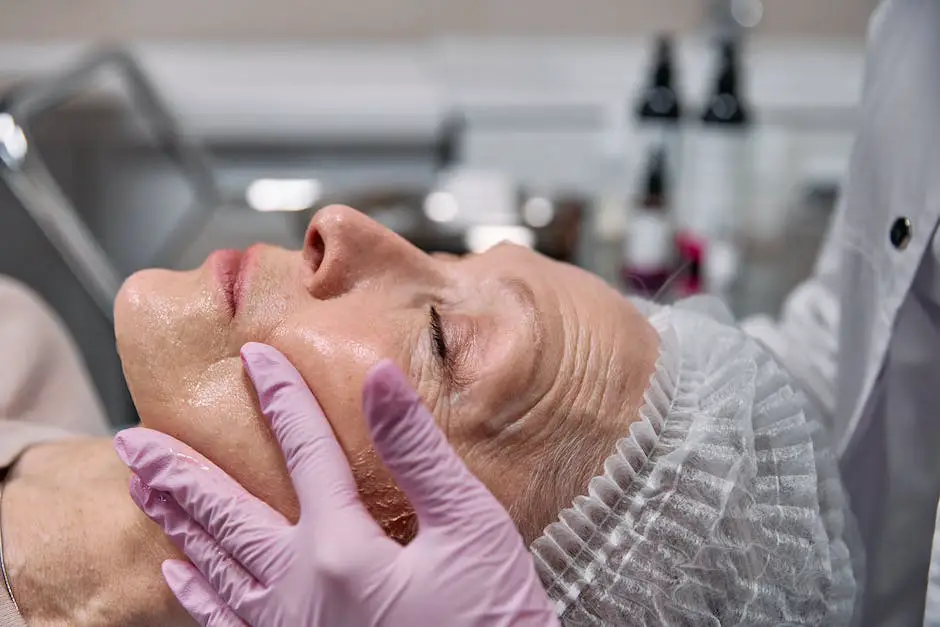
Identifying Risk Factors
The Basics: Identifying Risk Factors for Strokes in the Elderly
Identifying risk factors contributing to strokes, particularly in older adults, is pivotal. Certain risk factors are inevitable due to aspects like genetics or aging. However, others can be managed and are often linked to lifestyle habits or previous health concerns.
The uncontrollable risk factors are normally conditions that are intrinsically tied to a person’s genetic or biological profile. For example, the probability of experiencing a stroke doubles for every decade above 55 years of age. Individuals with a familial history of stroke are also inherently at a greater risk. Furthermore, certain ethnic groups, such as African-Americans and Hispanics, show increased vulnerability to strokes, partly due to the higher incidence of other risk factors within these communities, like diabetes and hypertension.
Controllable Risk Factors and Their Role
A significant number of stroke risk factors are lifestyle-related and thus controllable. Choices about nutrition, exercise, smoking and alcohol can all have an immense impact on an elderly individual’s stroke risk.
High blood pressure, or hypertension, is one of the primary risk factors for a stroke. Elderly who consistently maintain a high blood pressure, particularly numbers reading 140/90 mm Hg or above, are at an augmented risk.
Smoking is another determinant. Nicotine and carbon monoxide in cigarette smoke reduce the amount of oxygen in the blood, which can cause clots more easily, while damaging blood vessel walls leading to strokes.
Moreover, obesity and a sedentary lifestyle compound the risk for hypertension and diabetes, two key risk factors for stroke. Regular physical activity can mitigate this risk.
Pre-Existing Health Conditions
Certain pre-existing health conditions that are not necessarily under an individual’s direct control can also heighten the risk of a stroke. These include diseases like diabetes, where high blood sugar levels over time can damage blood vessels, making clot formation more likely. High cholesterol levels can also lead to a buildup of plaques in the blood vessels that can cause a stroke.
Furthermore, heart diseases, particularly atrial fibrillation, which causes a rapid, irregular heartbeat that can lead to clots in the heart that may travel to the brain.
Significance of Consistent Health Check-Ups
Consistent health check-ups serve as a fundamental element in preventing strokes among the elderly. These scheduled visits allow healthcare providers to accurately map the health progression of their patients, keep tabs on manageable risk factors such as diabetes and hypertension, while making necessary modifications to treatment plans or lifestyle habits.
The routine of these check-ups typically involves blood pressure monitoring, blood tests, and heart rhythm evaluations. The purpose is to detect or manage any existing conditions that could potentially result in stroke. Moreover, these sessions can be used to inform and enlighten patients on the warning signs of a stroke, underscoring the crucial need to seek urgent medical help if these symptoms arise.
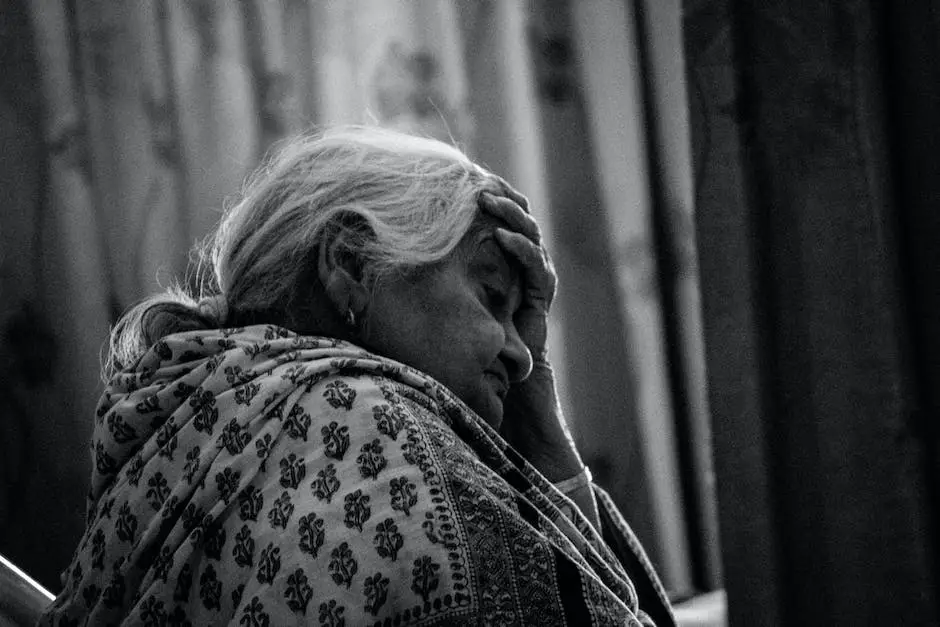
Preventive Measures
Adopting Healthy Habits for Stroke Prevention in Older Adults
Adapting new lifestyle habits is an integral part of preventing strokes among older adults. Prioritizing a well-balanced diet that minimizes saturated fats, trans fats, and cholesterol can significantly aid in lowering cholesterol in blood, a common risk factor for strokes. Cutting down on sodium consumption to manage blood pressure is also advisable, as hypertension can pave the way for strokes. A diet rich in fruits, vegetables, and grains packed with dietary fiber can also help mitigate the risk.
Keeping physically active should also be part of a prevention strategy to lower stroke risks. Older adults should aim for moderate-intensity exercises, dedicating 30 to 60 minutes to such activities most days of the week. This practice helps regulate high blood pressure, enhance heart health, maintain an optimum weight, and thereby lessen the likelihood of a stroke.
Lastly, giving up smoking is a critical preventive measure against strokes. Findings suggest that smoking accelerates the formation of clots by thickening blood and encouraging plaque buildup inside the arteries. Therefore, quitting this habit, regardless of age, can have a profound effect on lowering stroke risks.
Controlling Health Conditions: Hypertension and Diabetes
Beyond lifestyle changes, controlling underlying health conditions is critical. Hyptertension, or high blood pressure, is a leading cause of stroke. Regular monitoring and controlled measures should be taken to keep blood pressure at bay. With readings of 120/80mm Hg considered as normal range, maintaining this level is important in elderly patients prone to stroke.
Diabetes, typicially type 2, is commong among older adults and increases stroke risk. If diabetes is not managed appropriately, high blood sugar can damage blood vessels, leading to clot formation and in turn increasing the risk of stroke. Regular check-ups and maintaining a healthy diet and regular exercise routine can help control diabetes and prevent stroke.
Preventing Stroke in the Elderly through Medication and Lifestyle Modifications
The risk of stroke can be dramatically lessened through a combination of medication and lifestyle changes. Blood-thinning medications, known as anticoagulants, often play a role in reducing the risk of stroke by preventing the formation of clots. For individuals who are unable to take anticoagulants, options may include aspirin or clopidogrel.
Another common measure to prevent stroke involves statins, a type of medication designed to lower cholesterol levels, thus reducing inflammation that can damage arteries and potentially result in a stroke.
Antihypertensive drugs, such as ACE inhibitors, angiotensin receptor blockers, diuretics, beta blockers, and calcium channel blockers, can be effective in controlling high blood pressure that would otherwise heighten stroke risk.
Regardless of the medications prescribed, they are not substitutions for leading a healthy lifestyle. Regular check-ups with healthcare professionals can allow for timely modification of treatment plans, thus aiding in the prevention of stroke among the elderly.
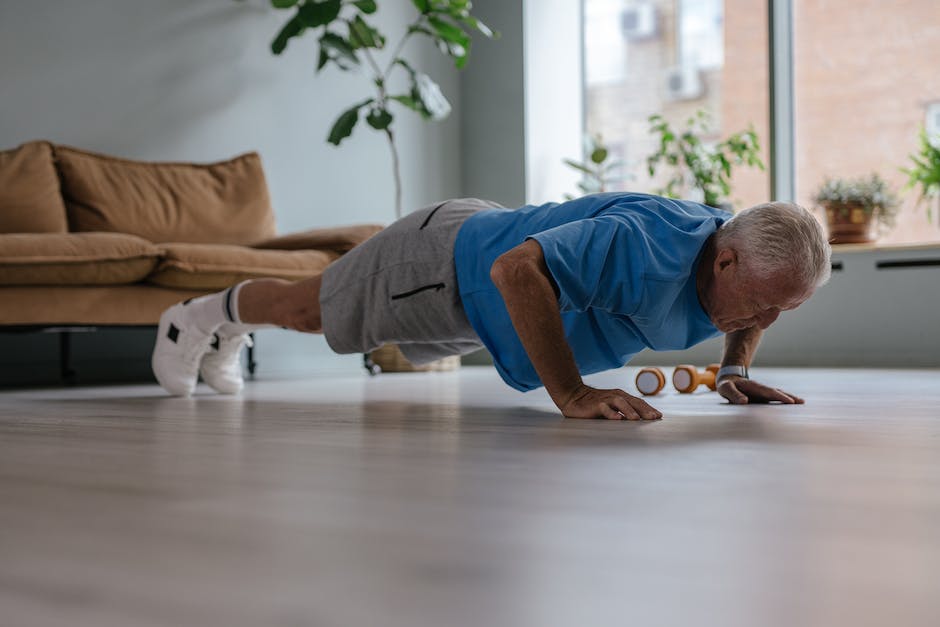
Strokes And Post-Stroke Recovery
Grasping the Concept of Stroke and Focusing on Post-Stroke Recovery
A stroke is the result of an interruption or a severe reduction in blood supply to parts of the brain, which eventually leads to the death of brain cells. For the elderly, recovering from a stroke can present a distinctive set of challenges due to existing health conditions and the general frailty often associated with advanced age. However, a well-structured post-stroke care system can significantly minimize the risk of suffering additional strokes.
The Body’s Response Post-Stroke
In the immediate aftermath of a stroke, the brain begins an innate recovery process. Cerebral edema, or brain swelling, generally peaks around three days after the stroke occurs. This is the body’s response to injury. In the first few weeks post-stroke, the brain starts to recover function lost due to the stroke. This is when spontaneous recovery usually happens, thanks to the brain’s neuroplasticity – its ability to reorganize itself by forming new neural connections throughout life.
Challenges During Recovery in The Elderly
The elderly typically face more challenges during stroke recovery. Aging affects all aspects of the stroke recovery, including the physical, emotional, and cognitive challenges. Physically, it might take longer for an older individual to recover mobility and strength. Emotionally, elderly individuals may have a difficult time dealing with the emotional stress and depression often associated with post-stroke conditions. Cognitively, memory issues are common in elderly stroke survivors.
Role of Physical Therapy and Rehabilitation
Physical therapy and rehabilitation play a critical role in aiding recovery and reducing the risk of additional strokes. Therapy and rehabilitation can help stroke survivors relearn skills that are lost when part of the brain is damaged. These might include coordination and balance exercises, muscle strengthening, and flexibility exercises. Therapists may also use technologies that help with walking, such as functional electrical stimulation devices. With professional geriatric rehab, older adults are better equipped to regain their independence and quality of life after a stroke.
Reducing the Risk of Additional Strokes
Behavioral changes are key to stroke prevention. This includes eating a healthy diet, getting regular exercise, and refraining from smoking or excessive drinking. Medical prevention usually involves drugs that reduce blood clotting (anticoagulants, antiplatelet agents) or medicines to control primary risk factors such as high blood pressure, high cholesterol, and diabetes. Regular check-ups can help manage these risk factors effectively.
Caregiving for Elderly Stroke Survivors
Support from family members and loved ones can greatly affect recovery. Caregivers play an important role in helping stroke survivors through physical rehabilitation and providing emotional support. Further, caregivers undergo training to efficiently assist with mobility issues, communicate effectively regarding the survivor’s needs, handle emergency situations, and promote healthy habits for stroke prevention.
Understanding the effects of strokes and the recovery process in elderly individuals can help in providing effective care and implementing prevention measures. Each person’s recovery will greatly depend on the severity of their stroke, pre-existing health conditions, and overall physical health. With effective rehabilitation and care, elderly stroke survivors can lead a productive and fulfilling life.
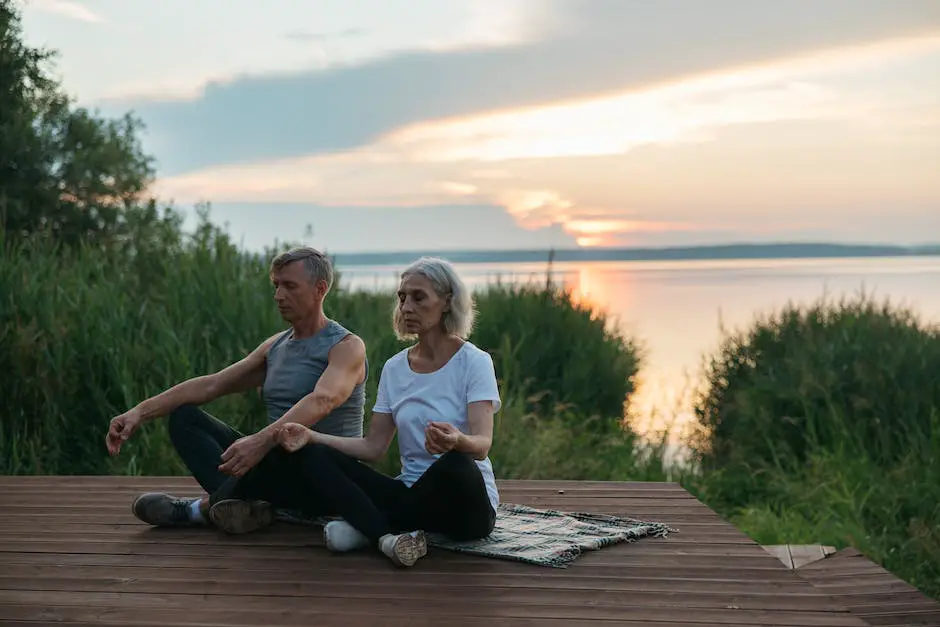
Indeed, taking charge of one’s health is a lifelong endeavor and becomes particularly critical in later years when the risk of severe health complications like stroke increases. Taking steps to understand stroke risk factors, to implement healthy lifestyle changes, and to ensure appropriate management of existing health conditions can significantly mitigate stroke risks. Additionally, the information regarding the post-stroke recovery process provides insight into what to expect following this health crisis and offers guidance to caregivers on aiding recovery. The path to stroke prevention and optimal senior health lies not in fear, but in knowledge and proactive action. Remain engaged in your health journey, or that of your loved one, stay educated, and stay vigilant. Your well-being depends upon it.
